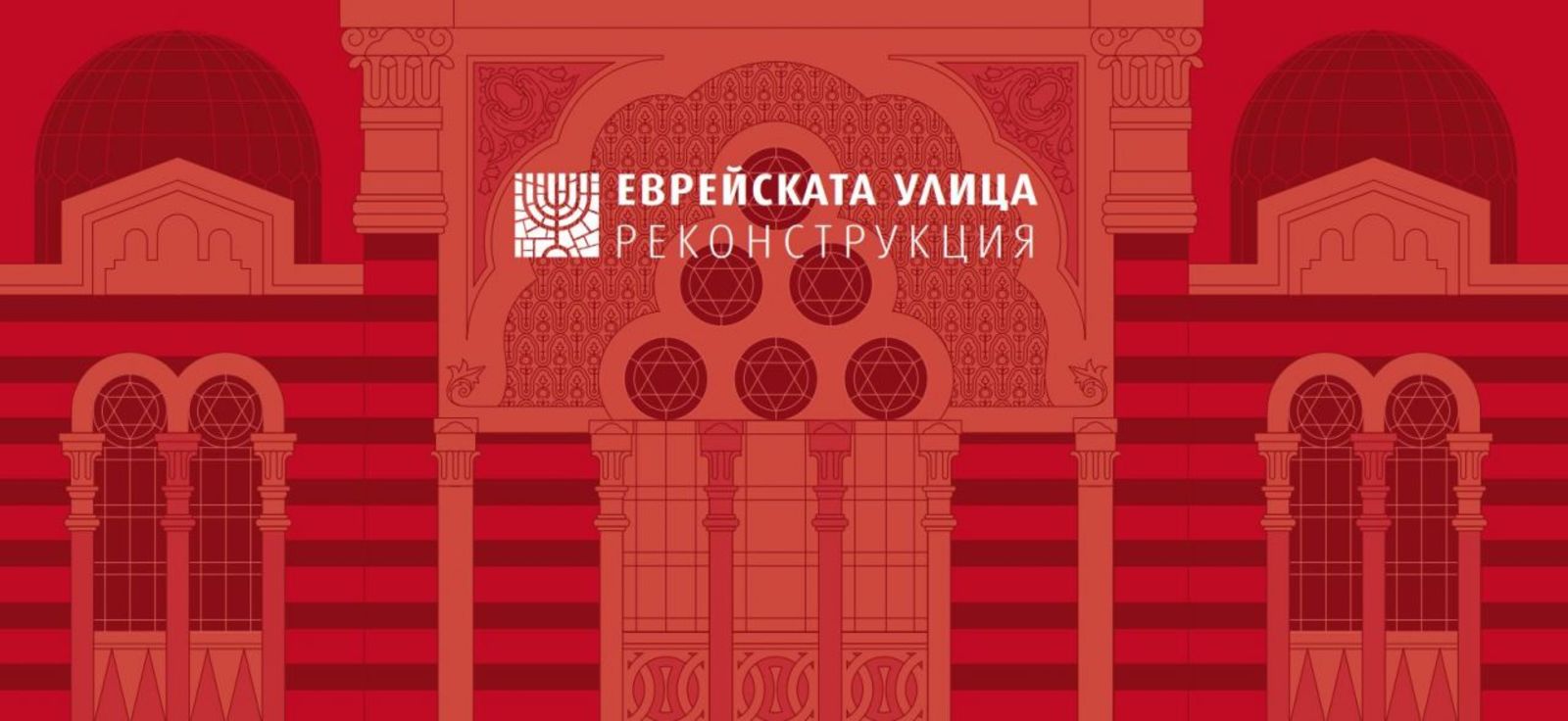THE JEWISH STREET – A RECONSTRUCTION
“Our Jewish Street” – that’s how Bulgaria’s Jewish leaders referred to their community years ago. And they were right because most Bulgarian towns incorporated a Jewish community, concentrated into a neighbourhood or street known as “Jewish”. This street cut through various towns, but always led to the synagogue, a midrasha or Beit-ama, and preserved the IDENTITY of its inhabitants. For centuries, the Jewish Street accumulated MEMORIES, which sometimes included grandmother’s recipes for burekas or cholent, or at other times the cut of the long gown and stitches for the heavy gold-thread embroidery in a bride’s trousseau or songs for happy and sad occasions. Community representatives embedded Moorish and West European forms in their synagogue buildings, painted them in an oriental style and had little idea that they were leaving us architectural masterpieces. At the same time, at home, they preserved the TRADITIONS and spirit brought from Spain, Germany and Hungary, but not without adding something Bulgarian. The street witnessed difficult times – for several years, its inhabitants and their homes were marked with yellow stars and the cheerful noise died away …
Today the majority of Bulgarian towns have no Jewish population. Their streets and neighbourhoods are disappearing and the collective memory of them can be assembled from what has been kept in key Bulgarian institutions – archives, museums and libraries.
The current exhibition has been realised by the State Institute for Culture of the Ministry of Foreign Affairs within the framework of the ‘Strategic cooperation between Bulgaria and Norway in support of Bulgaria’s international commitments to combating antisemitism and preserving Jewish Heritage’ initiative. It is an attempt to reconstruct the Jewish Street and the rich cultural heritage created by the community in Bulgaria.
The exhibition includes photographs and objects relating to Jewish culture and history preserved by the State Archives Agency, the National Historical Museum, the Regional history museums in Sofia, Pazardzhik, Kyustendil, Plovdiv, the Dimitar Peshev House-Museum – Kyustendil, the National Ethnographic Institute and Museum and the National Archaeological Institute and Museum under tbe Bulgarian Academy of Science, the Samokov Historical Museum. The visual images of Jewish material culture are divided across six themes which trace the formation of Jewish community life in Bulgaria, the role of the family in the preservation of identity and tradition, participation in the economic and cultural life of Bulgaria, as well as other events which the inhabitants of Jewish Streets experienced in 1943.

